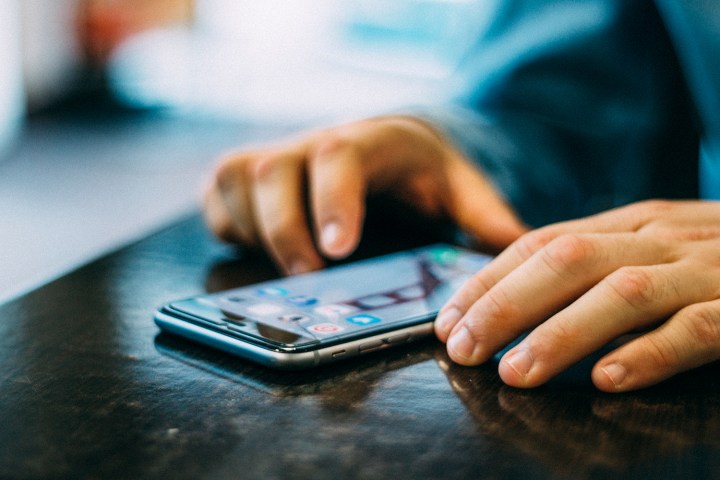
Living with a dumb phone for a week was revelatory for me. The experience underlined how unhealthy my relationship with a smartphone had become. I emerged out of it more mindful about the time I spend staring at a phone and the apps that I allow to hack my attention.
But while I enjoyed the simpler times — albeit for just a few days, I did miss the comfort of modern apps. Plus, even though I was returning with a fresh perspective on a smartphone’s role in my life, it didn’t take long for those same apps to consume and intoxicate my attention again.
More importantly, following the article’s publication, several readers who were also fed up with their inability to put down their phones reached out to me and expressed that it simply wasn’t practical for them to switch to a feature phone. For some, it was a specific app they actively relied on and others were restricted by their carriers.
Which made me wonder: What if you just had a shitty, old smartphone?
Think about it. The battery won’t nearly last as long as the gargantuan slabs we carry today. The screen would be too cramped for you to consume content for prolonged hours. It will have an ancient processor which means the experience, at some point, will get slow enough for you to quit scrolling endless social feeds. It will charge slowly, too — especially if you decide to use it while it’s plugged in. But it will still run the services and apps you need.
Living with a four-year-old iPhone 6S

Luckily, I had just the right smartphone sitting in my desk’s drawer for years: A four-year-old iPhone 6S. And so it began: The second leg of my quest to find an ideal, smartphone antidote.
At first, the switch didn’t feel at all like I was stepping outside of my comfort zone. The iPhone 6S ran on the latest iOS 13 build which meant I wasn’t missing out on anything on the software front and didn’t face any compatibility issues.
But as I had anticipated, the hardware did begin running out of breath. In no time, I had knocked off 50% of the battery and its memory clearly wasn’t enough to keep up with my usual load of apps. I knew I was in for a ride.
The return of the battery anxiety

Its shortcomings struck home especially hard when I was out and about one night. Twenty-five minutes of turn-by-turn navigation on Google Maps and a few selfies later, my iPhone 6S was down to 25% battery. It was a new feeling for me. I wanted to have a peek at my Twitter feed but I also wanted an Uber home two hours later. I ended up doing both of them by borrowing a charger from the bartender.
And that’s what living with a dated phone was mostly like. You have access to all the apps like you do normally but your time on them depends on whether you have a charger or power bank lying around.
Dumbphone vs old smartphone: Which one’s better for your addiction?
In the dumb phone’s case, I could use pared-down versions of social media and messaging apps at all times. On the iPhone 6S, I was pretty much experiencing short bursts of dopamine. It didn’t affect my screen time. All that changed was the fact that I was charging my phone 3-4 times a day.

More often than not, the iPhone 6S left me frustrated since no one wants a dead phone in their pocket. I’d rather always have cellular service than check my social feeds for a couple of minutes.
It’s almost like why having no internet is better than a slow connection.
An old smartphone can keep you on your toes and brute-force you into spending less time on it. But that won’t cure your addiction at all. It will simply turn you into a charger zombie and make you anxious.
I believe the best way to fix your smartphone relationship is to ease yourself into it. You shouldn’t abandon all the modern luxuries at once. Start with a few, doable limits and stick to them. If you can, get a dumb phone, set it up to be your secondary device, and leave your smartphone behind when you go out as much as you can. If nothing else, it will remind you that it’s possible for you to give up all those time-consuming apps.



